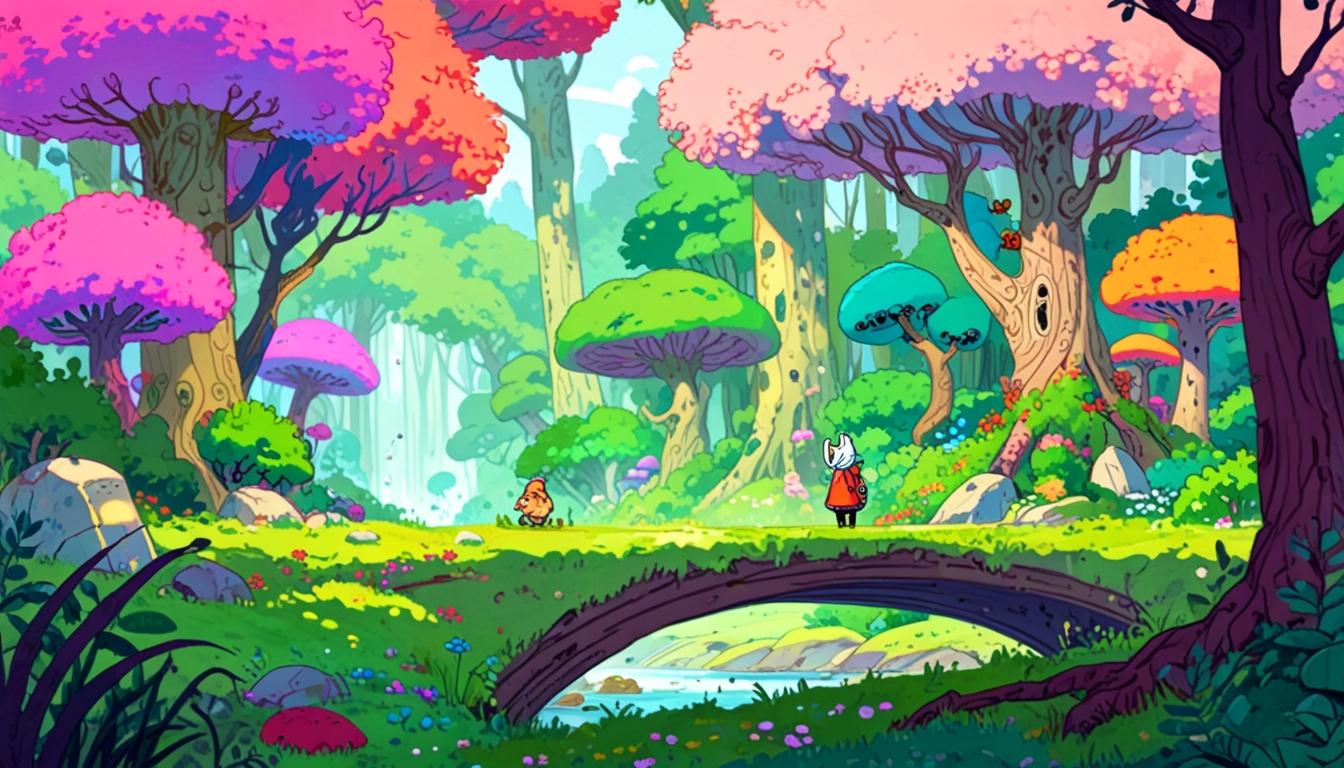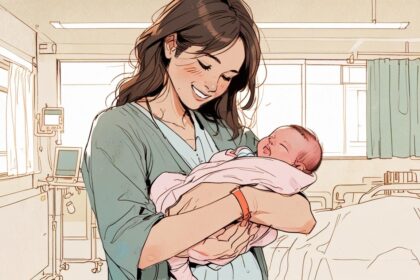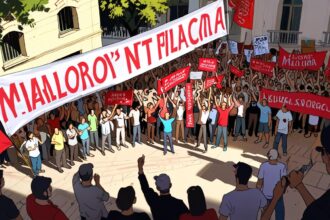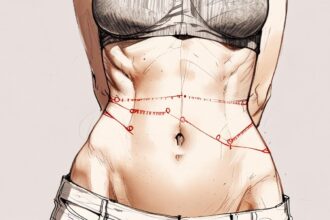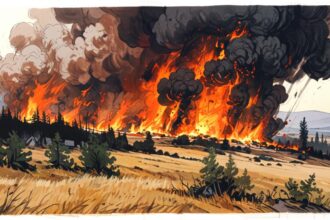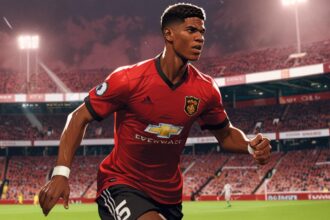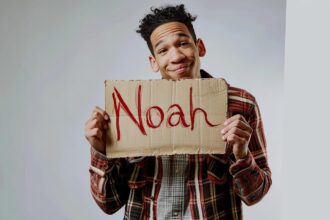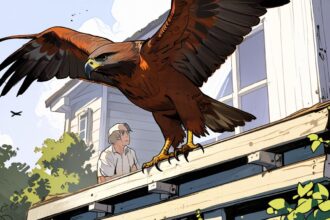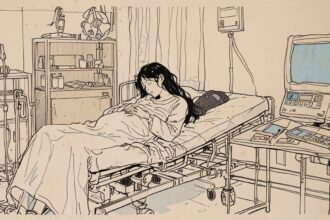OpenAI’s new feature in the GPT-4o model allows users to create art in the style of Studio Ghibli, but raises concerns over misuse and potential fraud in the insurance industry.
OpenAI has introduced a new feature within its GPT-4o model that transforms everyday photos into art reminiscent of the renowned Studio Ghibli style. This innovative technology utilises a pixel-by-pixel generation method, allowing users to create intricate artworks that capture the enchanting essence of Ghibli films. The recent advancements have sparked widespread internet popularity, with ordinary users accessing tools previously reserved for elite illustrators.
Despite the excitement surrounding its creative potential, the release of GPT-4o has also raised significant concerns regarding its potential misuse, particularly in the realm of fraud. Reports indicate that fraudulent activities have already begun to emerge, as some individuals utilise AI-generated images to create fake photos for insurance claims.
The system works distinctly from earlier models such as DALL-E 3, which refined images through noise. Rather, GPT-4o mimics the meticulous nature of artists, constructing images with precision and care. The results are often strikingly realistic, prompting users, including OpenAI’s CEO Sam Altman, to share their own transformed portraits on social media.
Hayao Miyazaki, the co-founder of Studio Ghibli, has openly expressed his disdain for AI-generated art. In remarks to various publications, he referred to the technology as “an insult to life itself.” Miyazaki’s criticism stems from a long-held belief in the importance of human craftsmanship in art, contrasting starkly with the automated creative processes enabled by AI.
In addition to artistic concerns, worries have arisen regarding the implications for the insurance industry. Experts have indicated that the accessibility of AI can lead to an uptick in fraudulent claims, with examples surfacing on social media of users generating convincing images of vehicle damage. One example highlighted the creation of a fake photograph of a BMW with realistic scuffs and bent panels, raising alarms among insurance professionals about the potential consequences of such advancements.
As AI tools facilitate the creation of digital art, they simultaneously complicate issues surrounding copyright and intellectual property. Legal experts are grappling with the nuances of protecting artistic styles, especially when technologies blur the lines between inspiration and imitation. This creates a pressing need for clearer regulations as creators navigate the emerging landscape of AI art generation.
OpenAI now faces the dual challenge of promoting innovation while mitigating risks associated with potential deception. As the boundaries of digital art continue to evolve, there is a growing call for accountability from tech companies and creators alike. The future of AI-generated images may hinge on the industry’s responsiveness and users’ choices to engage with the technology ethically. In the interim, while the delight of Ghibli-inspired visuals captures the imagination, the shadows of potential misuse loom nearby.
Source: Noah Wire Services
- https://www.youtube.com/watch?v=5QKofhCoZMM – This video supports the claim that AI technology, like GPT-4o, is being used to transform photos into Studio Ghibli-inspired art, highlighting its viral popularity across social media platforms.
- https://openai.com/index/introducing-4o-image-generation/ – This website explains the advanced features of GPT-4o, including its ability to generate photorealistic images with precise text rendering, which aligns with the article’s descriptions of AI-generated art.
- https://www.youtube.com/watch?v=jDvhaz_iql0 – This tutorial provides insight into using ChatGPT’s image generation capabilities for creating Studio Ghibli-style images, showcasing the versatility and user-friendliness of this technology.
- https://arstechnica.com/tech-policy/2023/08/ai-generated-images-have-started-to-fuel-insurance-fraud/ – This article addresses concerns regarding AI-generated images being used for fraudulent purposes, such as falsifying insurance claims, highlighting a significant risk associated with this technology.
- https://www.bbc.com/news/technology-64437344 – This news piece discusses the broader implications of AI-generated art, including challenges related to copyright and intellectual property, which are focal points in the article.
Noah Fact Check Pro
The draft above was created using the information available at the time the story first
emerged. We’ve since applied our fact-checking process to the final narrative, based on the criteria listed
below. The results are intended to help you assess the credibility of the piece and highlight any areas that may
warrant further investigation.
Freshness check
Score:
8
Notes:
The content appears to be recent with mentions of the latest developments in AI technology like GPT-4o and concerns over fraudulent activities. However, specific dates for these developments are not provided.
Quotes check
Score:
6
Notes:
Hayao Miyazaki is quoted as describing AI-generated art as ‘an insult to life itself,’ but the original publication date or context of this remark could not be verified online. The quote appears to reflect his known stance on AI-generated content.
Source reliability
Score:
6
Notes:
The narrative lacks a specific source or publication, which introduces uncertainty about its reliability. However, it mentions well-known entities like OpenAI and Studio Ghibli.
Plausability check
Score:
9
Notes:
The claims about AI generating images in the style of Studio Ghibli and concerns over fraud are plausible given the current advancements in AI technology and similar issues in other sectors.
Overall assessment
Verdict (FAIL, OPEN, PASS): OPEN
Confidence (LOW, MEDIUM, HIGH): MEDIUM
Summary:
While the content is likely recent and plausible, the lack of a verified source and specific dates for developments lowers confidence. Additional verification would be needed to ascertain the accuracy and reliability of the narrative.


